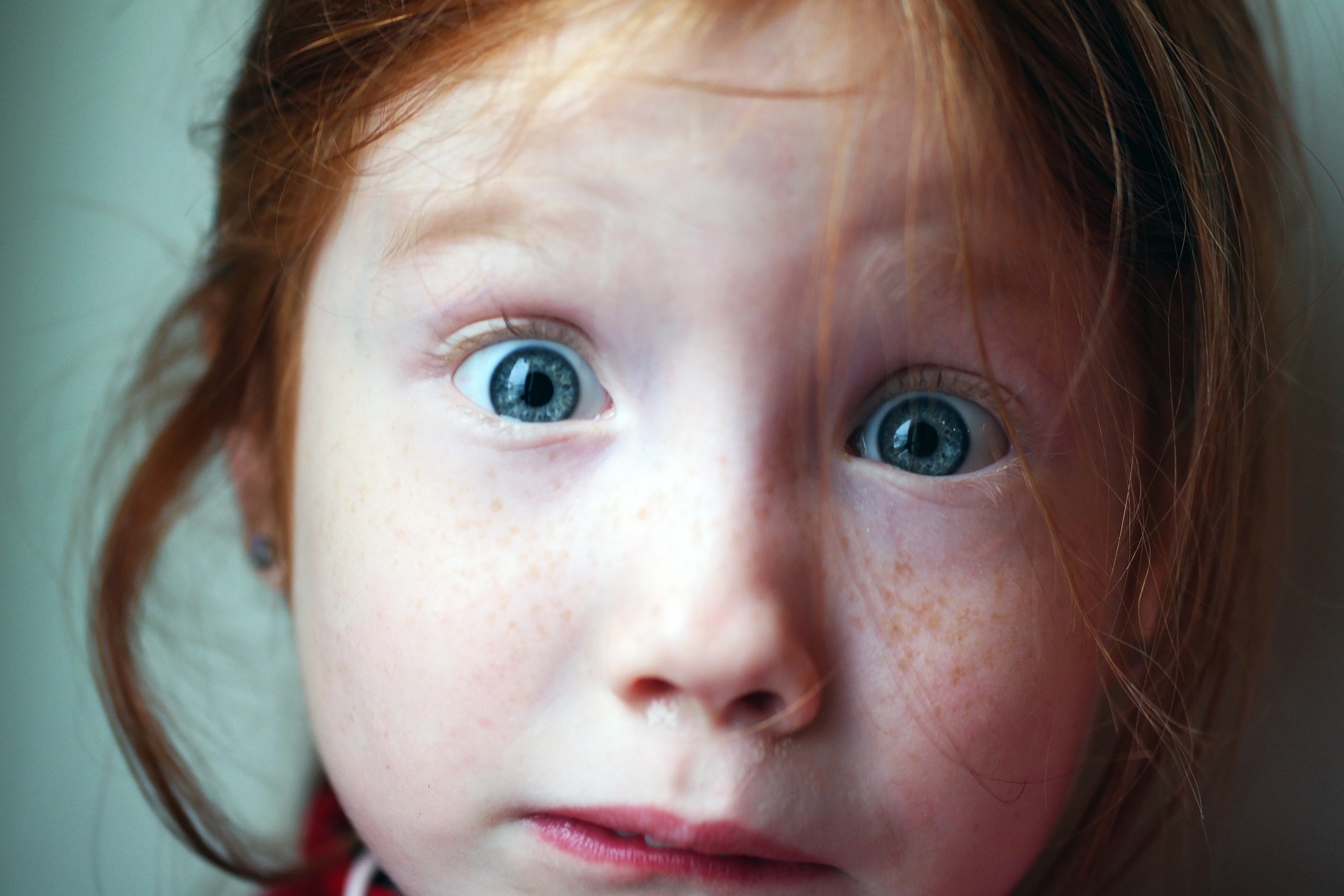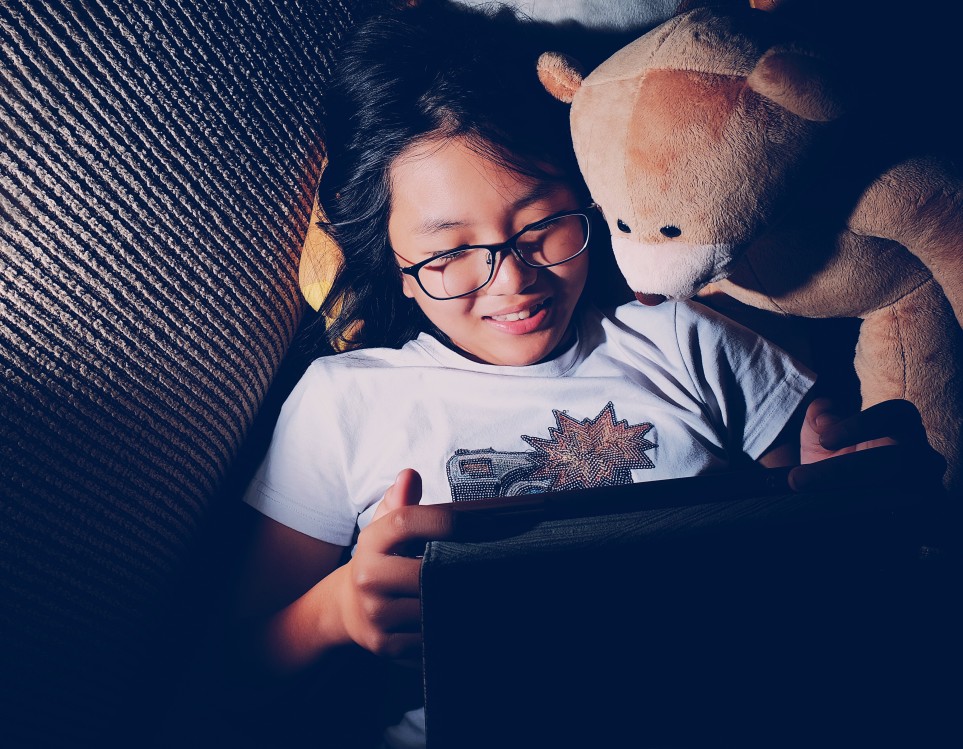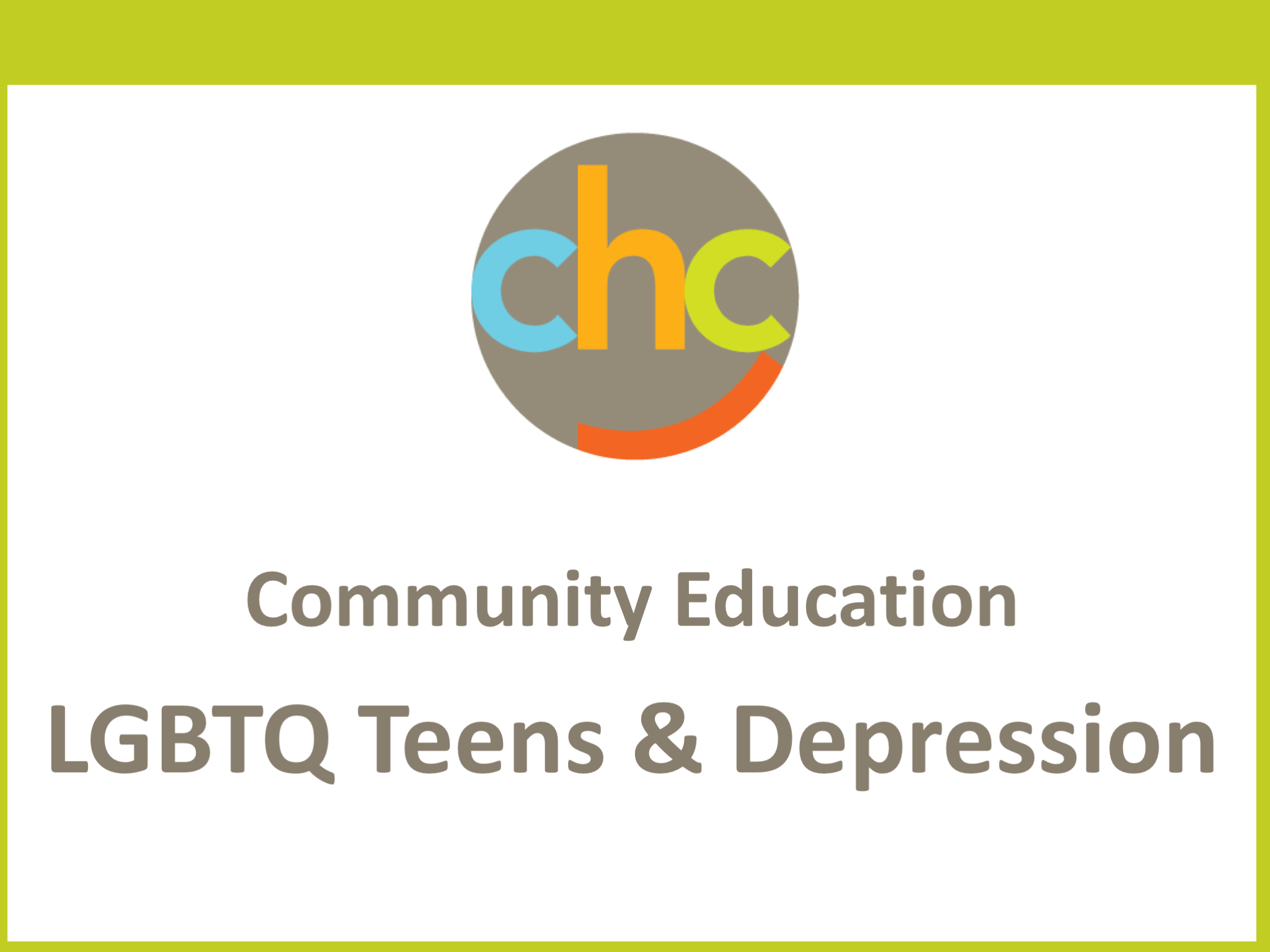 When a child is scared of the dark or being left alone, it can be hard for adults to know the difference between an age-appropriate fear and full-blown anxiety. This podcast episode from NPR is full of tools to help parents better understand and manage their child’s “worry brain.”
When a child is scared of the dark or being left alone, it can be hard for adults to know the difference between an age-appropriate fear and full-blown anxiety. This podcast episode from NPR is full of tools to help parents better understand and manage their child’s “worry brain.”
Six Takeaways
Here are six takeaways that all parents, caregivers and teachers can add to their anxiety toolkits, including information on how anxiety works, how parents can spot it and how to know when it’s time to get professional help.
1. Anxiety is a fear of the future and all its unpredictability.
“The main thing to know about anxiety is that it involves some level of perception about danger,” says Danny Pine, a child and adolescent psychiatrist at the National Institute of Mental Health, and it thrives on unpredictability. The mind of an anxious child is often on the lookout for some future threat, locked in a state of exhausting vigilance.
2. Be on the lookout for the physical signs of anxiety.
The worried feelings that come with anxiety can seem hidden to everyone but the child trapped in the turbulence. That’s why it’s especially important for grown-ups to pay close attention to a child’s behavior and to look for the telltale signs of anxiety in children.
3. Before you try to reason with a panicked child, help the child relax.
“You’re not going to be able to move forward until you get them to calm down,” says Rosemarie Truglio, the head of curriculum and content at Sesame Workshop. “Because if you can’t calm them down, you can’t even reach them.
4. Validate your child’s fear.
We heard from lots of parents who say they really struggle to know how to respond when their kids worry about unlikely things — especially if the fear is getting in the way of a busy daily routine, maybe a fun family outing or sleep.
5. Help your child face their fears.
This is the fine line every parent, caregiver and teacher must walk with a child struggling with anxiety. You must respect the child’s fear, but that does not mean giving in to the fear.
6. Build confidence with a baby-step plan.
Help kids come up with a plan to face their fears says Krystal Lewis, a colleague of Pine’s and a clinical researcher at the National Institute of Mental Health who provides therapy to anxious children. It’s called cognitive behavioral therapy, and a big part of that is exposure therapy.
Adapted from “How To Help A Child Struggling With Anxiety” on NPR. Read the full article for more details on each of the six take-aways. Pine and Lewis also recommend a handful of books on how to identify and manage childhood anxiety.
You can listen to this podcast episode, hosted by Anya Kamenetz and Cory Turner:
Source: NPR | How To Help A Child Struggling With Anxiety, https://www.npr.org/2019/10/23/772789491/how-to-help-a-child-struggling-with-anxiety | © 2020 npr. Last updated February 2023.
Do you need someone to talk to? CHC can help. We invite you to call or email our Care Coordinators at 650.688.3625 or careteam@testing.chconline.org to set up a free 30-minute consultation.




